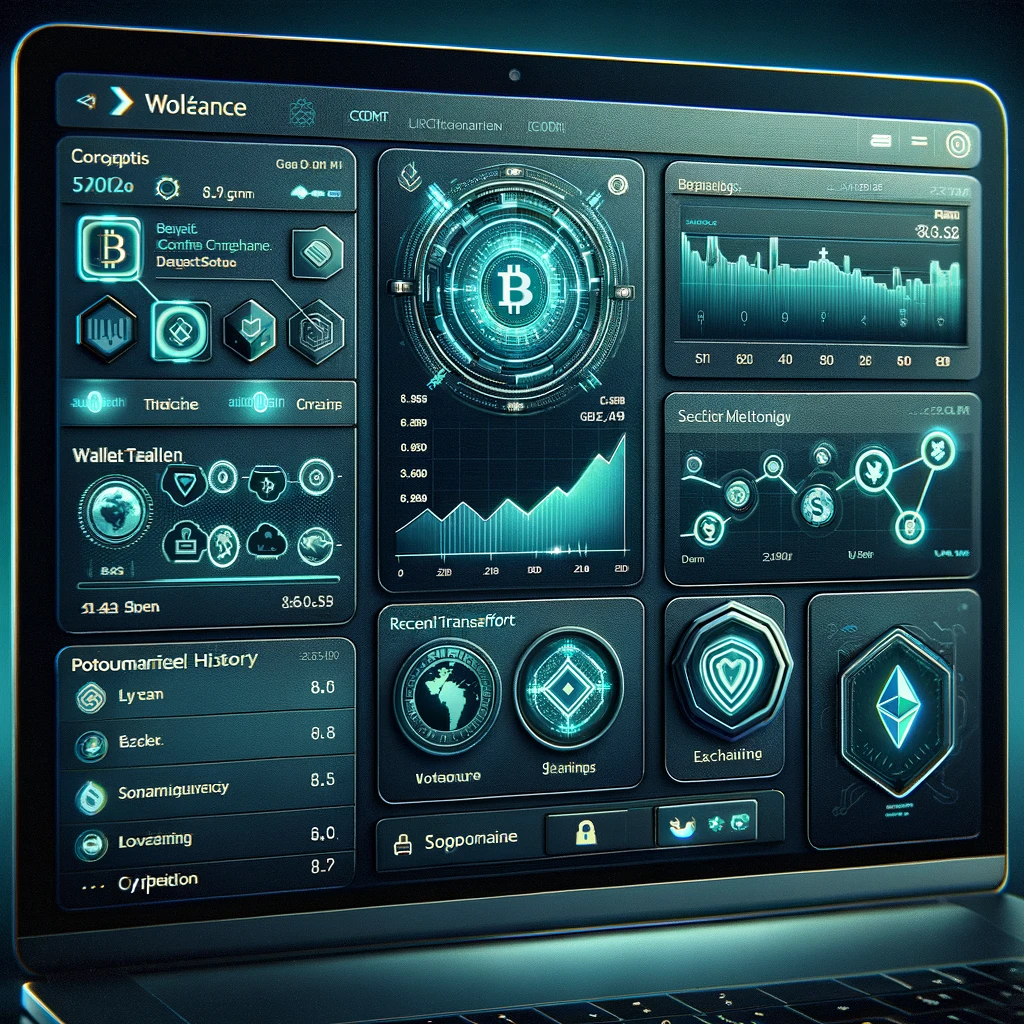Summary
Web3 wallets are pivotal for the decentralized web, enabling users to securely manage digital assets and interact with decentralized applications (dApps) across various blockchain networks. Unlike traditional financial systems, these wallets provide users with full control over their private keys, thus ensuring enhanced security, privacy, and autonomy. Web3 wallets come in different forms, including hardware, software, and web wallets, each offering distinct levels of security and convenience to meet the varying needs of users. They are integral to engaging with the broader blockchain ecosystem, from decentralized finance (DeFi) to gaming and beyond.
The article emphasizes the importance of choosing the right Web3 wallet based on individual requirements such as asset diversity, security needs, and usability preferences. It also highlights essential security practices for Web3 wallet users, including safeguarding private keys and using two-factor authentication, to protect against potential threats.
Looking ahead, Web3 wallets are set to play a crucial role in the evolution of digital identity and ownership, with ongoing developments aimed at enhancing their interoperability, privacy features, and integration with decentralized identity systems. As the digital economy continues to evolve towards decentralization, Web3 wallets are paving the way for a new era of digital innovation and autonomy.
Introduction
As the digital economy continues to evolve, Web3 wallets have emerged as a cornerstone of the decentralized web, empowering users with unprecedented control over their digital assets. Unlike traditional financial systems, Web3 wallets offer a gateway to a myriad of decentralized applications (dApps), cryptocurrencies, and blockchain-based services. This article explores the fundamentals of Web3 wallets, their importance in the blockchain ecosystem, and how they are shaping the future of digital transactions and identity management.
Understanding Web3 Wallets
Web3 wallets are digital wallets that enable users to interact with decentralized networks. They store private keys that provide access to cryptocurrencies and digital assets on the blockchain. More than just a tool for sending and receiving digital currencies, Web3 wallets serve as a user’s identity and gateway to the decentralized internet, facilitating interactions with dApps and smart contracts.
Key Features of Web3 Wallets
- Decentralization: Unlike traditional banking apps, Web3 wallets operate on decentralized networks, enhancing security and user autonomy.
- Interoperability: Many Web3 wallets support multiple blockchains, allowing users to manage diverse assets from a single interface.
- User Control: Users have full control over their private keys and, consequently, their assets, ensuring privacy and security.
- DApp Integration: Seamless integration with dApps enables users to engage in everything from decentralized finance (DeFi) to gaming and social media on the blockchain.
Types of Web3 Wallets
- Hardware Wallets: Physical devices that store private keys offline, offering enhanced security for digital assets.
- Software Wallets: Applications that can be accessed on desktop or mobile devices, providing convenience and ease of use.
- Web Wallets: Wallets that operate within web browsers, allowing for quick access but requiring careful security practices.
Choosing the Right Web3 Wallet
Selecting a Web3 wallet depends on the user’s needs, including the type of assets held, desired security level, and frequency of transactions. Factors to consider include compatibility with different blockchains, support for multiple assets, ease of use, and the reputation of the wallet provider.
Security Best Practices
Despite the autonomy and security offered by Web3 wallets, users must practice diligent security measures. This includes safeguarding private keys, using hardware wallets for significant holdings, enabling two-factor authentication, and staying informed about the latest security threats.
The Future of Web3 Wallets
Web3 wallets are at the forefront of a paradigm shift in digital ownership and identity. Future developments may include more sophisticated integration with decentralized identity systems, enhanced privacy features, and greater interoperability between different blockchain ecosystems.
Conclusion
Web3 wallets represent a significant step forward in the quest for a decentralized, user-controlled digital economy. By providing a secure, versatile platform for managing digital assets and interacting with the decentralized web, Web3 wallets are paving the way for a new era of digital autonomy and innovation.
